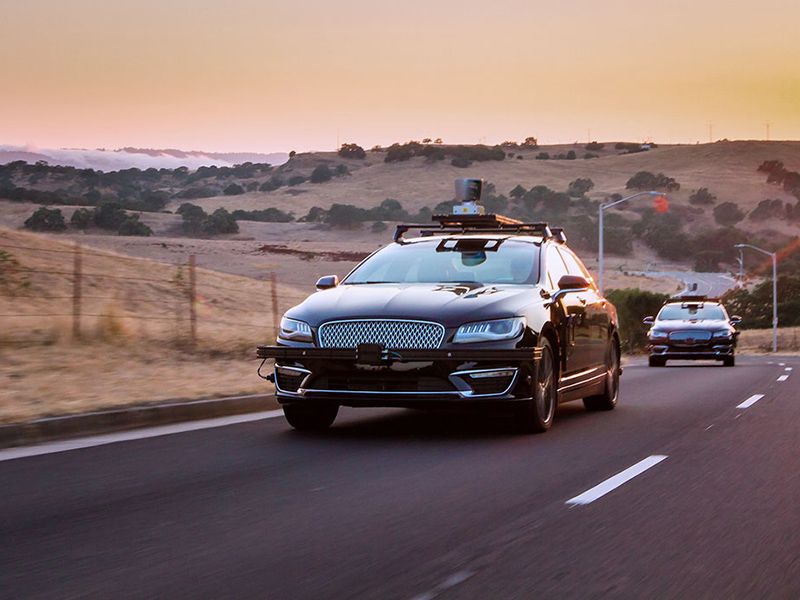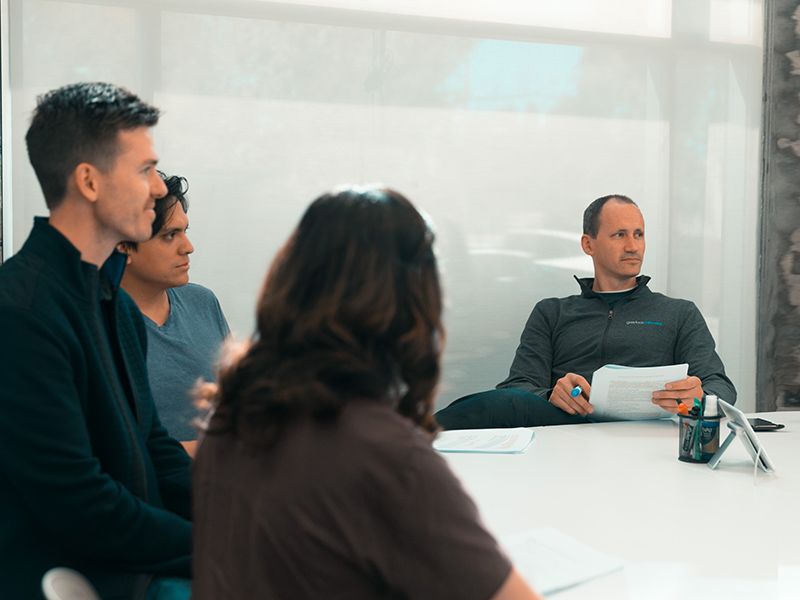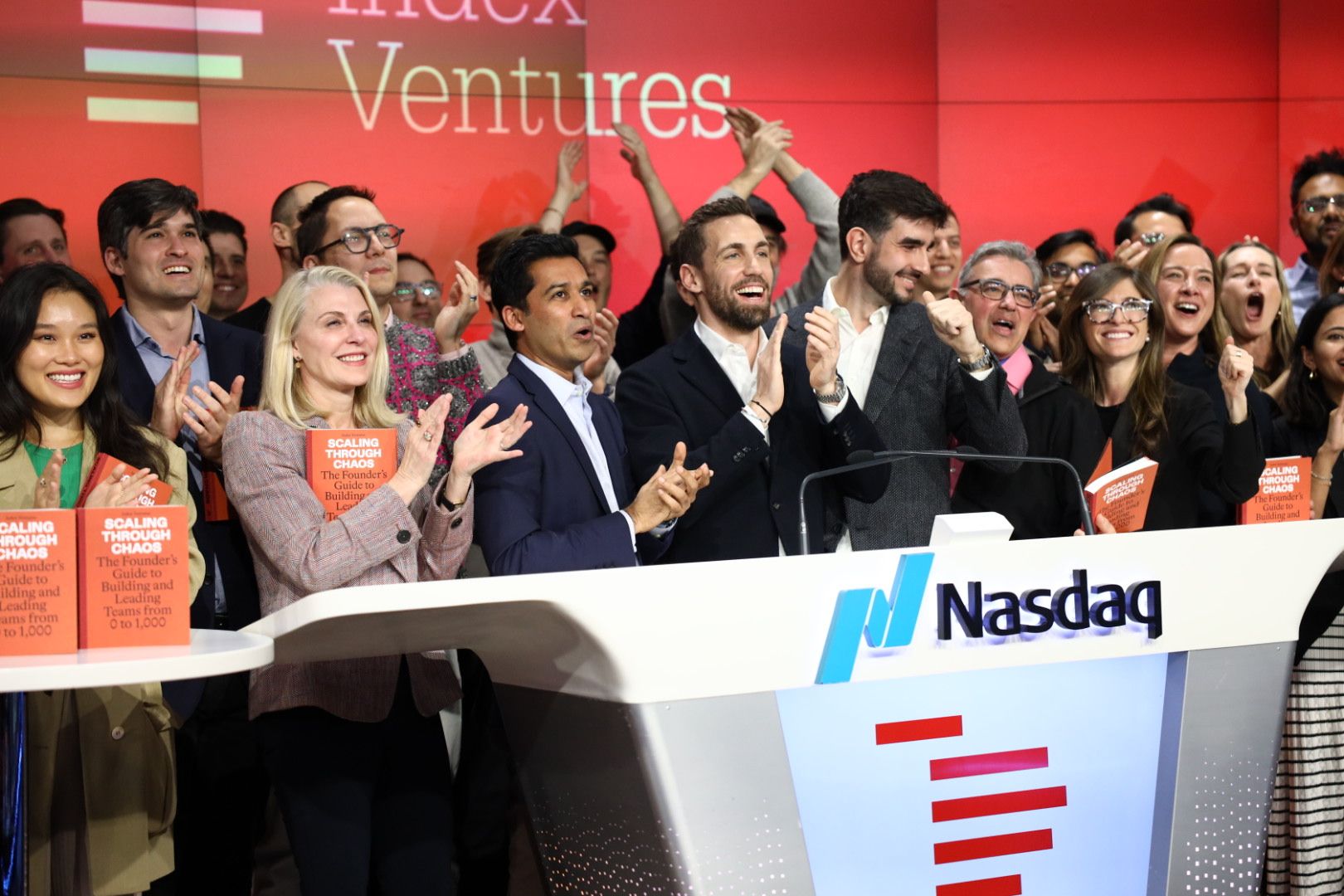Aurora: Self-Driving and Beyond

Founded by three of the world’s leaders in the self-driving vehicle industry, Aurora works at the intersection of rigorous engineering and applied machine learning.

Aurora's team

Aurora's team
Self-driving company Aurora raises Series A in a round co-led by Greylock Partners and Index Ventures, bringing the combined capital invested in the company to $90M. Mike Volpi explains what sets Aurora apart.
As a young engineer, I wanted to build and design cars. I was born in Milan, and grew up with posters of Ferraris, Alfa Romeos and Lamborghinis pinned to the walls of my bedroom. When I graduated with a mechanical engineering degree, I applied for jobs at Ford and General Motors. Ford told me I’d be working on a suspension system; GM said I’d be allowed to design radiators. Somehow, they didn’t seem that exciting to my then impressionable younger self.
In the early nineties, the auto industry just wasn’t the place for innovation – and until recently, a lot of the new technology that found its way into the car business was generally incremental. Younger consumers have responded to this reality with a degree of apathy. Owning a car used to be rite of passage and a symbol of freedom. Today, it’s become more of a chore and burden, the drive to work something we dread. My teenage children don’t aspire to own a car the way I did. What was once liberating has become frustrating, thanks to traffic, parking, congestion and cost.
The last decade has promised change. Because of luminary companies like Tesla, the auto business has started to buzz again. Electric vehicles have begun to go mainstream, and companies like MobileEye and Nvidia have introduced machine learning technology into vehicles. But, the “big change” is still to come. This is why Index is excited to announce our investment in autonomous driving: Aurora.
We believe that Aurora and the technology it is building will bring about a renaissance in the transportation industry – a return to the days when cars were the cutting edge, and when getting from A to B was something to be enjoyed.
Truly autonomous vehicles will not only energize the auto industry, but reshape where and how we live, the way people and goods move through cities, and what sorts of businesses can be built on and around cars.
So what sets Aurora apart for the 20 to 30 companies trying to crack self-driving vehicles? First is the caliber of the team, who are simply the most talented and experienced people in the business. They started Aurora in Pittsburgh and Silicon Valley just over a year ago, but its roots go back much further – to the mid-2000s, when CEO Chris Urmson, then a Ph.D. robotics student at Carnegie Mellon, took part in a series of DARPA-funded challenges to create high-powered robots that could race by themselves through deserts and cities. Chris went on to become head of self-driving vehicles at Google, while CTO Drew Bagnell – also a Carnegie Mellon and DARPA challenge alum – worked as head of perception and autonomy at Uber. Finally, there’s Sterling Anderson, an MIT-trained roboticist and Aurora’s chief product officer, who’d directed the autopilot program at Tesla.
Aurora’s amazing team wasn’t the only thing that got our attention. It was also their attitude towards the carmakers. In Silicon Valley, it’s easy to get intoxicated by the notion that we always build everything better, that most technologies of the past 50 years are trivial. I couldn’t tell you the number of times I’ve heard people call car makers a bunch of ‘metal benders’. But the folks at Aurora have the opposite approach. They have huge respect for automakers and don’t underestimate what it takes to create a product that functions over a lifetime of 15 years, in sleet, snow and sun, and temperatures ranging from subzero to Saharan. Aurora’s mission from the start was to partner with the auto industry to deliver a suite of technologies that they could integrate into their vehicles. Aurora has already signed partnerships with German-based Volkswagen, Korean Hyundai, and Byton, a Chinese manufacturer. They’ve been international from the start, and, by working alongside manufacturers, are now creating autonomy as a platform that can co-evolve on top of the existing innovations in a car.
Technology is Aurora’s third area of distinction. When humans drive, we use multiple modes of perception. Our ears, eyes, and even proprioception – the feeling of our body in space – all go into constructing an intuitive understanding of a situation. Similarly, Aurora uses a combination of camera, radar, and LiDAR – radar with light – to build a rich, 3D map of the world. There are companies that do slices of each of these things, but few, if any, wrap them all into a single, integrated system.
Once an Aurora car has interpreted reality, though, the real computational challenge is still in store. The car must ask: what’s likely to happen next? If a dog runs into the road in front of me, should I break, or should I swerve? The answer depends on having a fine-grained, probabilistic understanding of the patterns in the world around you. Aurora’s machine learning algorithms get better the more they drive, and like Google’s AlphaZero, drive against themselves in simulations to continually improve.
Aurora’s technology has the potential to produce some pretty extraordinary knock-on effects in our societies, too. Every year, 1.25 million people around the world die as a result of car accidents. That includes 33,000 people in the US alone – the equivalent of a 737 plane falling out of the sky every day, as Chris pointed out in his 2015 TED talk. The truth is that humans are prone to making mistakes, getting distracted, or waking up in a bad mood, all of which affects our driving for the worse. We are the design flaw in our vehicle. But self-driving cars could dramatically improve road safety. They can simulate driving over many more millions of miles of road, and in many more different kinds of conditions, than a human could hope to encounter in their lifetime. With vastly superior sensing and computing power compared to a human, they could anticipate accidents before they even happen.
Autonomous vehicles will have a deep impact on our society, completely re-shaping our infrastructure as we know it. The construct and shape of our neighborhoods and cities will be transformed, the patterns of traffic will shift, and the line between public and private transportation will get increasingly blurry. The benefits will be immeasurable — from safer roads to cleaner and quieter cities.
Last century, Henry Ford made history when he declared that the Model T Ford would ‘democratize’ driving. Today, we believe Chris and his team at Aurora have a better chance than anyone of democratizing the self-driving car. Of the 7.6 billion people alive today, more than half of them are yet to experience the feeling of driving in a car. It’s conceivable their first encounter with personal mobility will be via an autonomous vehicle, not one being steered by a human. That’s a pretty sobering thought for someone who used to dream about driving the cars he designed, but it’s also the reason I’m in for the ride. That, and the wonderful benefit of once again working in partnership with my good friend and legendary investor, Reid Hoffman of Greylock who is co-leading this round with us. I couldn’t be more delighted to welcome Aurora to the Index family.
Published — Feb. 28, 2018

